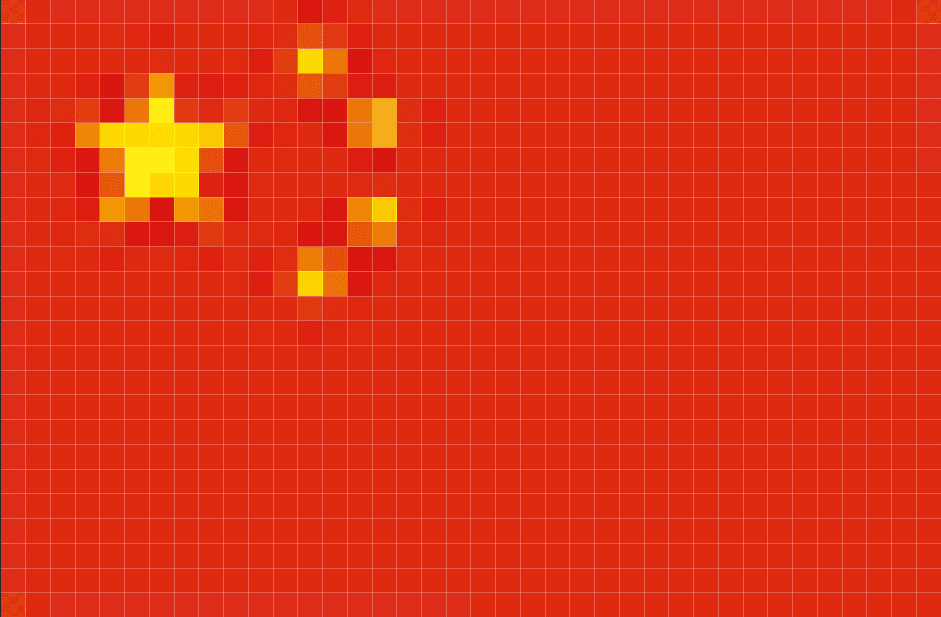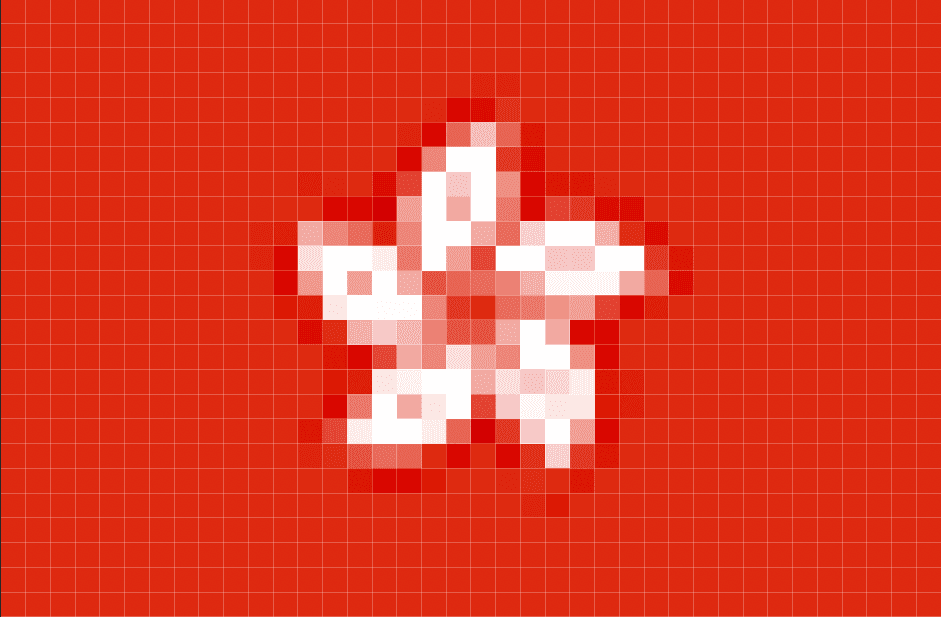your cart
Your cart is empty.
General Articles
A Guide to Japanese Tableware
Here at Oriental Mart, our blog is filled with delicious Japanese recipes for you to create in the comfort of your home. Not only do we provide all the essential ingredients to accompany these delicious dishes, but we also stock a collection of Japanese tableware products.Having a good understanding of Japanese tableware means you can enjoy authentic cuisine to an even higher degree! We consider a variety of different crockery and utensils used in Japanese cooking; hopefully, by the end of this post, you'll have a good idea of how to set up an authentic Japanese meal.
Japanese Bowls
Unlike western tableware, Japan has a plethora of plates and bowls for almost everything. A key component of Japanese tableware resides in the impressive selection of ornate and ergonomic bowls.One of the key aspects of Japanese bowls is their delicate patterns. Each bowl will have a specific role during a Japanese meal, and a lid usually accompanies them. The main types of bowl include:
- Chawan
- Shiru-wan
- Kobach
- Donburi-bachi
Credit: Laitche | CC BY-SA 4.0
Chawan
Chawan translates to 'tea bowl'; they are often used during tea ceremonies and are frequently collected for their aesthetic value. Chawan's are recognised for being one of the most personal elements among Japanese tableware.These perfectly proportioned bowls can fit in your palm as they are designed to be held in one hand for ease of eating. Their size means users can seamlessly alternate between using them as rice and tea bowls. Although these bowls are often small, you can also find larger 'sharing' sizes.
Shiru-wan
Shiru-wan bowls often have ornate floral designs and are perfect for enjoying soup out of. Typically, these bowls are deeper than the chawan as they are designed to hold larger volumes of liquid. These bowls are accompanied by a lid to keep the soup or broth warm for the duration of a meal; this is especially helpful if you are inclined to take your time with a good, hearty meal! Again, their size can vary from individual portions to larger sharing bowl sizes.
Kobach
This is the smallest of the Japanese bowls and is known as a kind of side plate. They usually hold small special delicacies and sunomono (vinegar dishes) as nibbles or snacks to accompany the main meal. These are often served in groups and can also contain dipping sauces.
Donburi-bachi
A donburi-bachi plays another significant role in Japanese tableware. These large bowls are commonly used for noodles, noodle soups and more complex rice dishes. Donburi-bachi bowls are wider and slightly shallower, generally used throughout the cold months of winter for warmer dishes.
Japanese Plates
Japanese cuisine tends not to use plates as much as western countries do. However, there is still a great range of different plates to complete your collection of authentic tableware.
Yakimono-zara
Yakimono-zara plates are rectangular and are available in a range of different sizes. Traditionally, the Yakimono-zara is used to serve meat dishes; this will then be put in the centre of the table to be shared and enjoyed.
Chuzara
Chuzara plates are rounded and slightly curved, similar to a very shallow bowl. They are often used for delicious dishes such as sashimi!
Japanese Cutlery
Perhaps the most iconic element of Japanese cutlery is the chopstick. The main difference between Chinese, Japanese and Korean chopsticks is the length. Chinese chopsticks are the longest, whereas Japanese chopsticks are the shortest.
Chopsticks
These are two sticks of equal length that have been used all over East Asia for over 6,000 years. They are the fundamental cutlery used in many countries’ diets, and although tricky to master for some who are unfamiliar with them, they comprise a key element of the eating experience.
Hashi-oki
The Japanese consider it rude to place your chopsticks on the table when eating; this should be reserved solely for when you have finished eating your food. The hashi-oki is used as a resting place for the chopsticks to prevent this. These can vary greatly in design, and each diner will have their own.
Japanese Tea Ceremonies
The Japanese are well known for their intricate tea ceremonies. They often take place after a meal to help cleanse the palate. There are many different tea ceremonies, one being the ceremonial presentation of matcha green tea, an important part of Japanese culture.
Chagama
The chagama is the pot or kettle used during the tea ceremony – the word translates to 'tea kettle'. These are most commonly made of cast iron and are used to heat the water and keep it warm for the duration.
Yunomi-jawan
Yunomi-jawan is essentially the teacup; traditionally, they don’t have a handle and look similar to a small pot. They can vary in size and style, depending on the tea ceremony's reason. Those with more elaborate details suggest that they should only be used for special occasions.We hope you now have a deeper understanding of Japanese tableware. If you would like to purchase your very own authentic Japanese tableware, remember to have a browse through our selection here at Oriental Mart!Header image credit: Mrhayata | CC BY-SA 3.0
this site uses cookies
We and our advertising partners use cookies on this site and around the web to improve your website experience and provide you with personalised advertising from this site and other advertisers. By clicking allow, you accept the placement and use of these cookies for these purposes. Learn More



